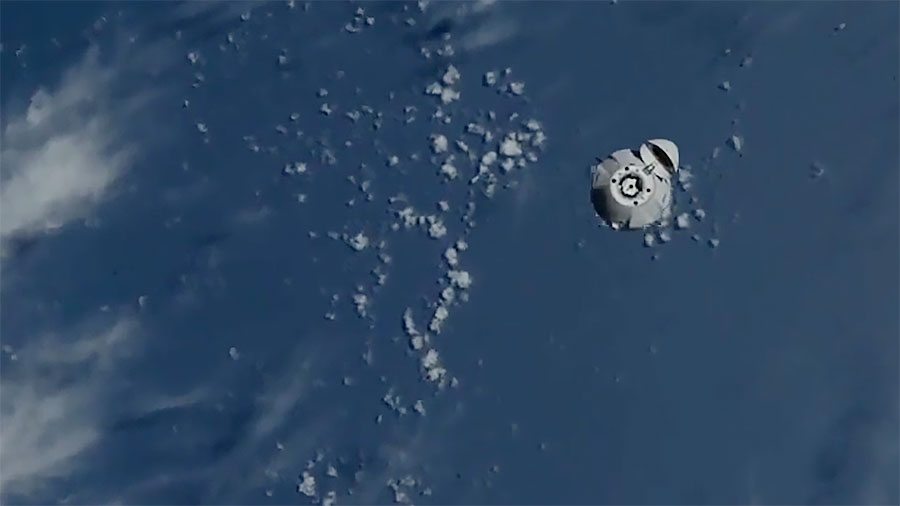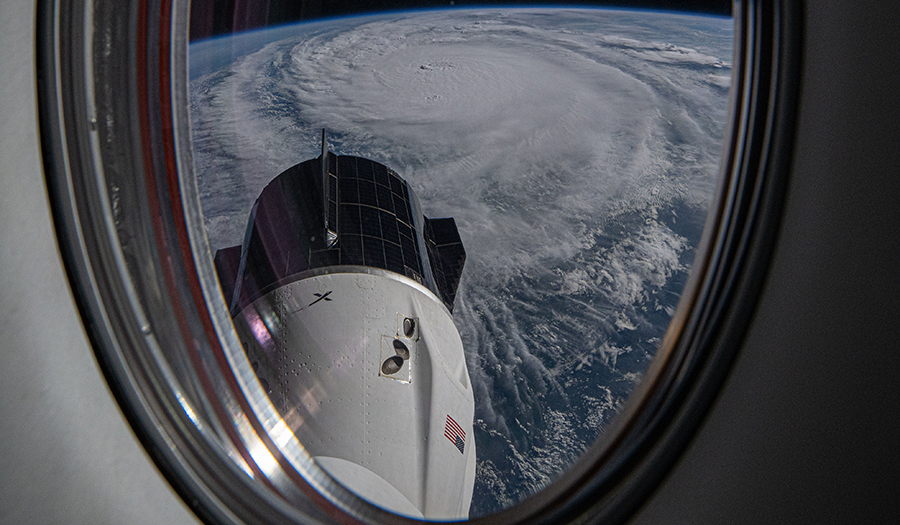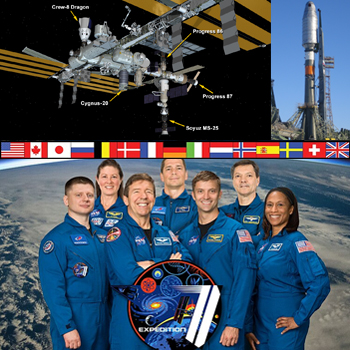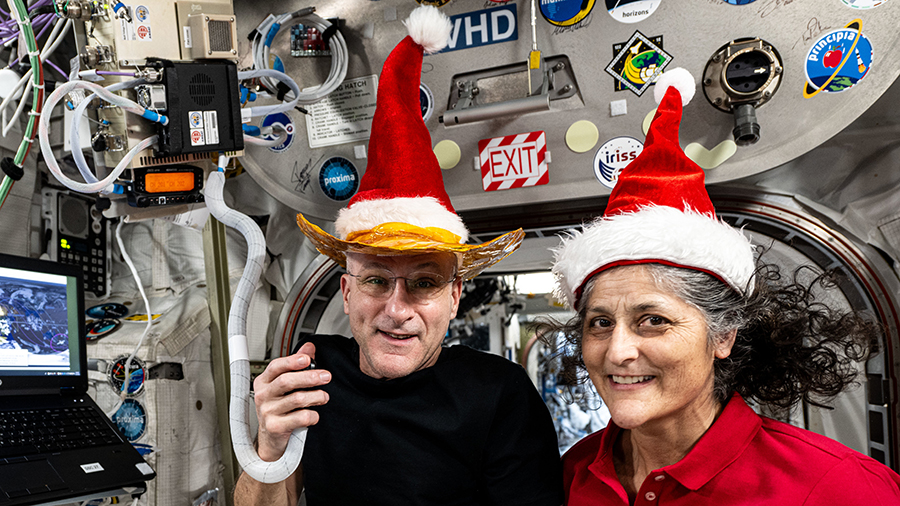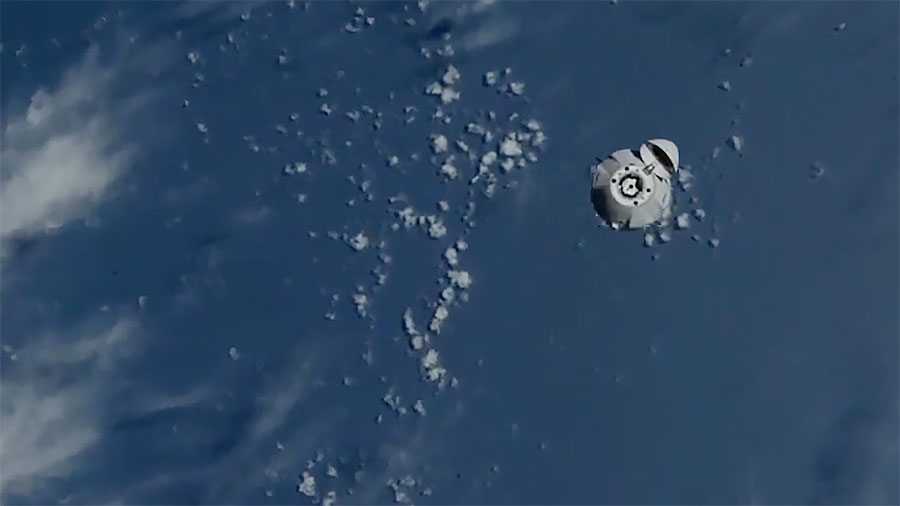
The SpaceX Dragon resupply ship is open for business and the Expedition 68 crew has begun unpacking several thousand pounds of cargo. Loaded inside Dragon are new science experiments exploring botany, biology, and physics, and new hardware to augment the International Space Station’s power generation system.
NASA Flight Engineer Josh Cassada opened Dragon’s hatch and entered the spacecraft less than two hours after the private space freighter docked at 7:39 a.m. EST on Sunday. Shortly afterward, he was joined by fellow flight engineers Nicole Mann and Frank Rubio of NASA, and Koichi Wakata of the Japan Aerospace Exploration Agency. The quartet then spent the rest of Sunday unloading critical science experiments and research samples for stowage aboard the orbiting lab.
New experiments are getting underway as the crew sets up the advanced gear to explore the effectiveness of skin and bone healing in space. Wakata started the day stowing newly-arrived bone cell samples inside the Kubik incubator and skin samples in the BioLab research facility. The first study will explore how bone cells respond to microgravity while the second will observe how sutured wounds heal in weightlessness.
Mann and Rubio partnered together on Monday setting up state-of-the-art biology hardware and transferring research samples delivered aboard Dragon into station facilities. The astronauts will soon research how microgravity affects the regeneration of skeletal stem cells potentially improving recovery from bone conditions on Earth and in space.
A pair of new roll-out solar arrays were also delivered inside Dragon’s unpressurized trunk section. Robotic controllers on the ground this week will command the Canadarm2 robotic arm to remove the solar arrays and place them on attachments points located on the station’s truss structure. NASA astronauts Josh Cassada and Frank Rubio are due to install the new solar arrays on a pair of spacewalks targeted to occur before the end of the year.
Roscosmos Commander Sergey Prokopyev checked out a computer-controlled 3D-printer today before working on orbital plumbing tasks. Flight Engineer Dmitri Petelin worked on electronics maintenance then explored how electric and magnetic fields affect fluid physics in microgravity. Flight Engineer Anna Kikina collected air samples for analysis from the Zvezda, Zarya, Nauka, and Rassvet modules.
Learn more about station activities by following the space station blog, @space_station and @ISS_Research on Twitter, as well as the ISS Facebook and ISS Instagram accounts.
Get weekly video highlights at: http://jscfeatures.jsc.nasa.gov/videoupdate/
Get the latest from NASA delivered every week. Subscribe here: www.nasa.gov/subscribe

